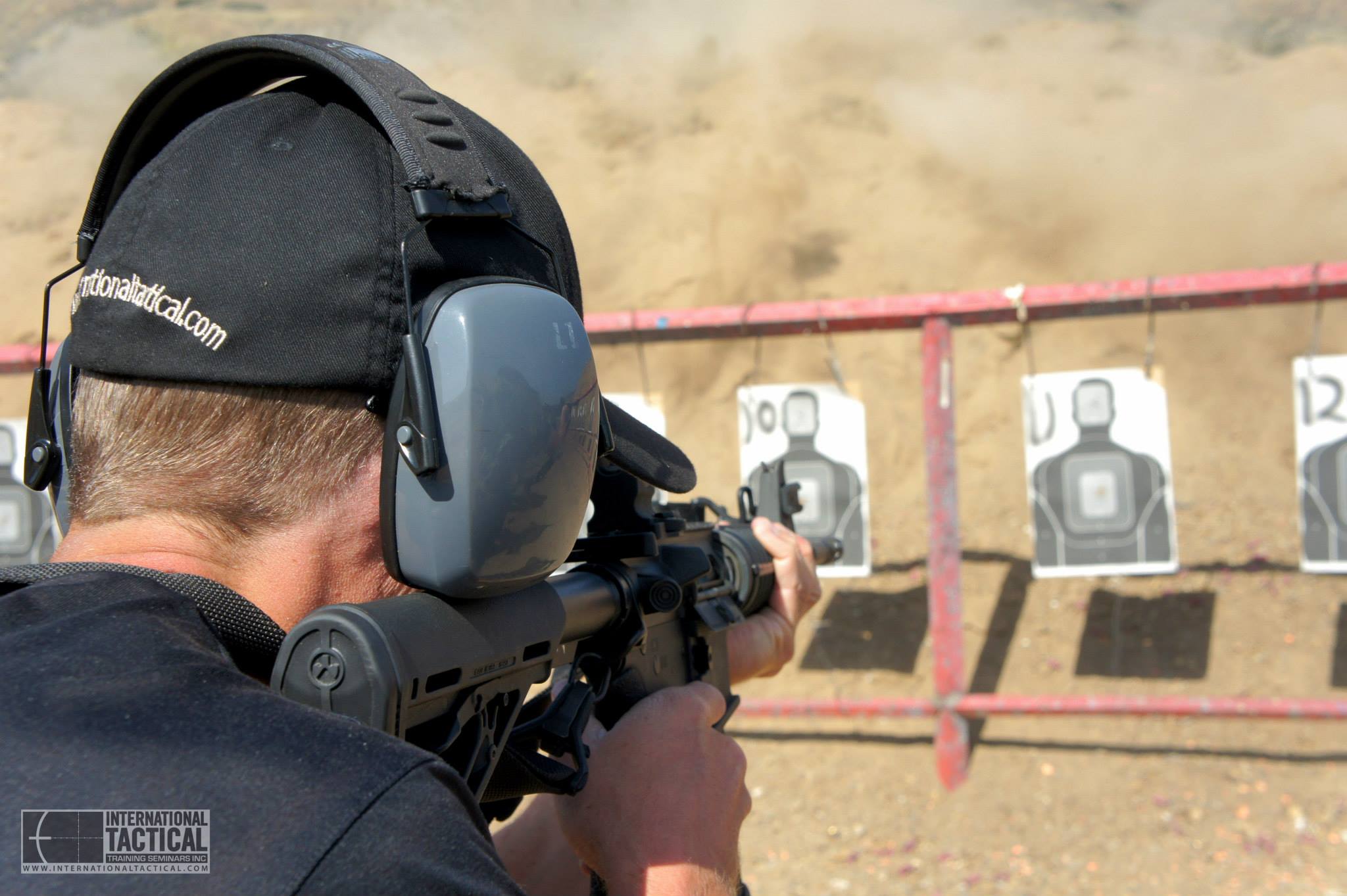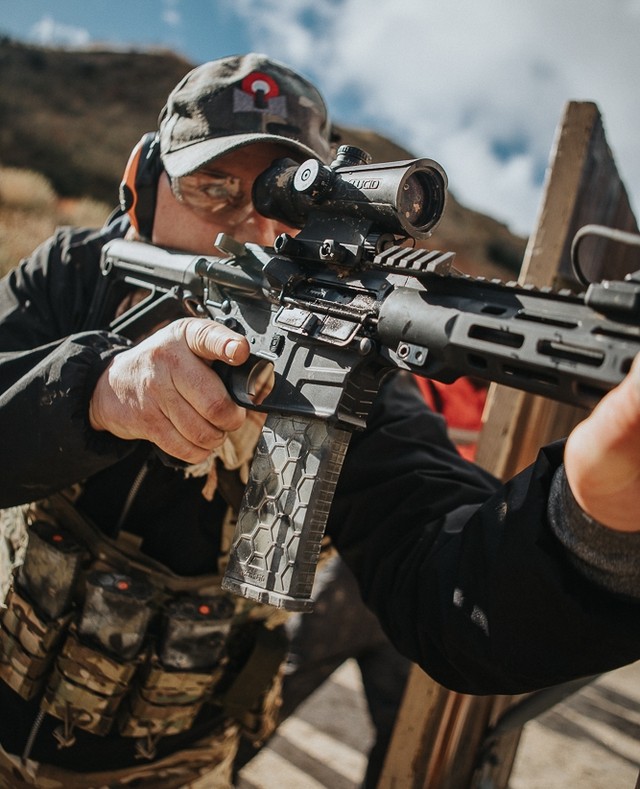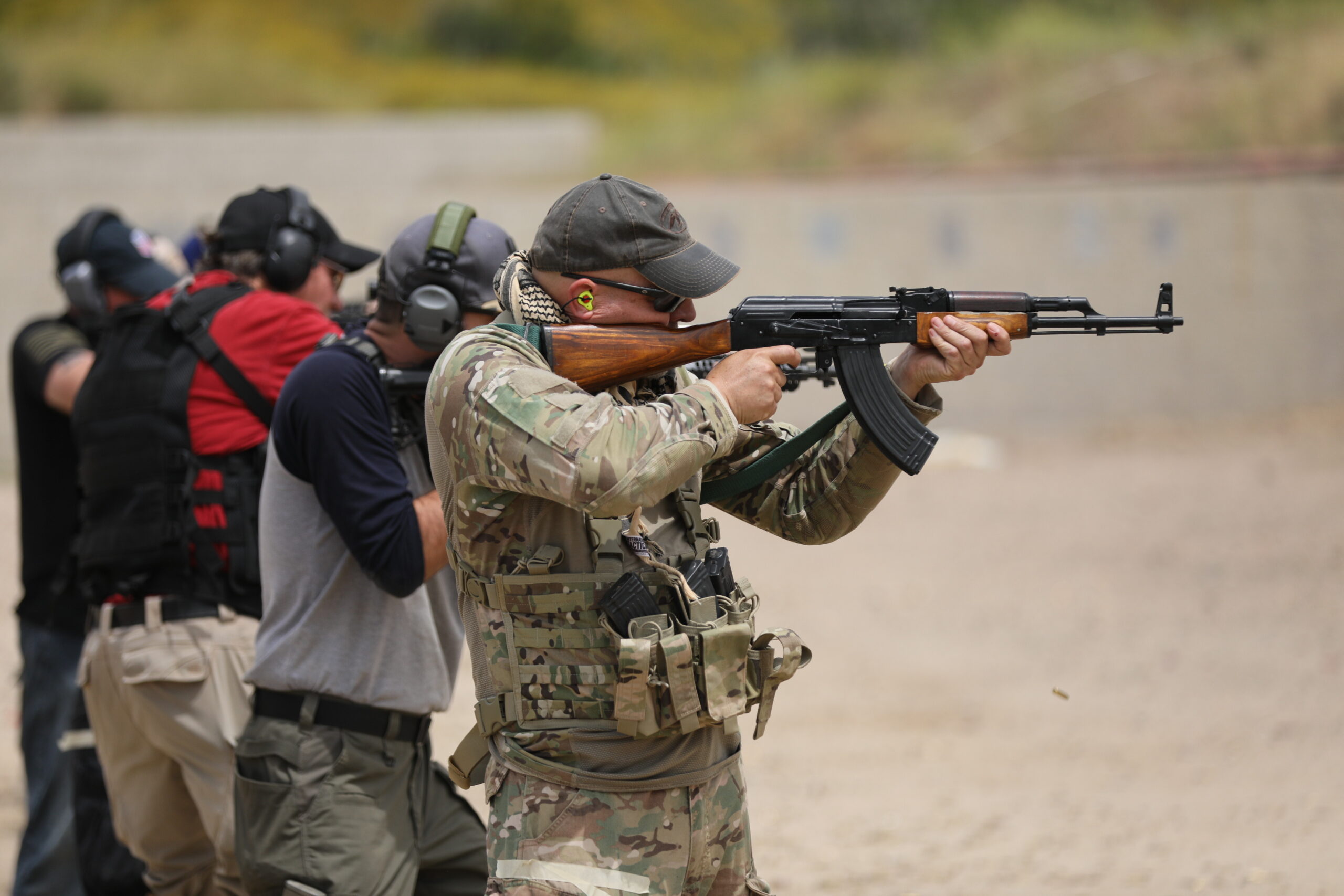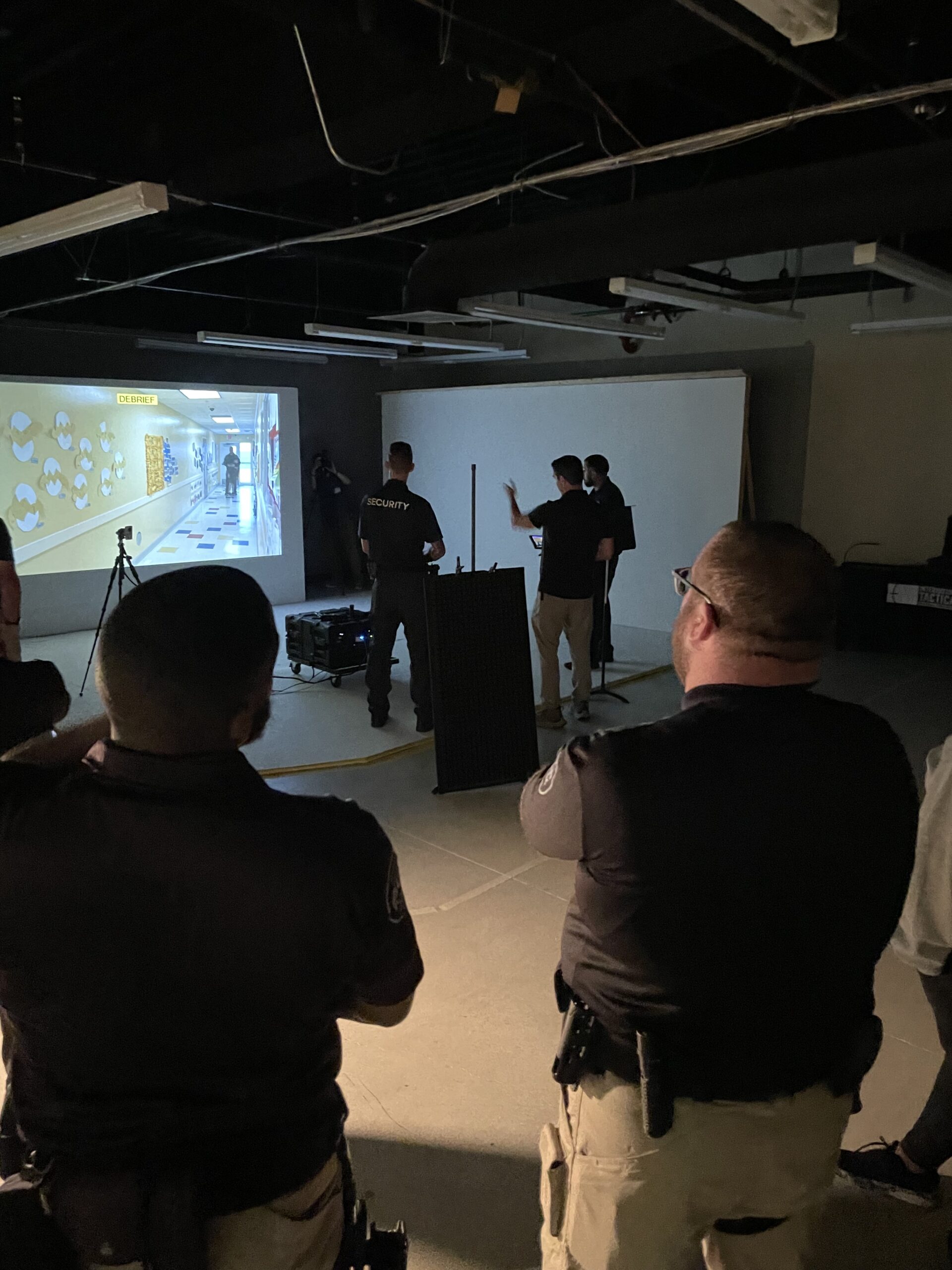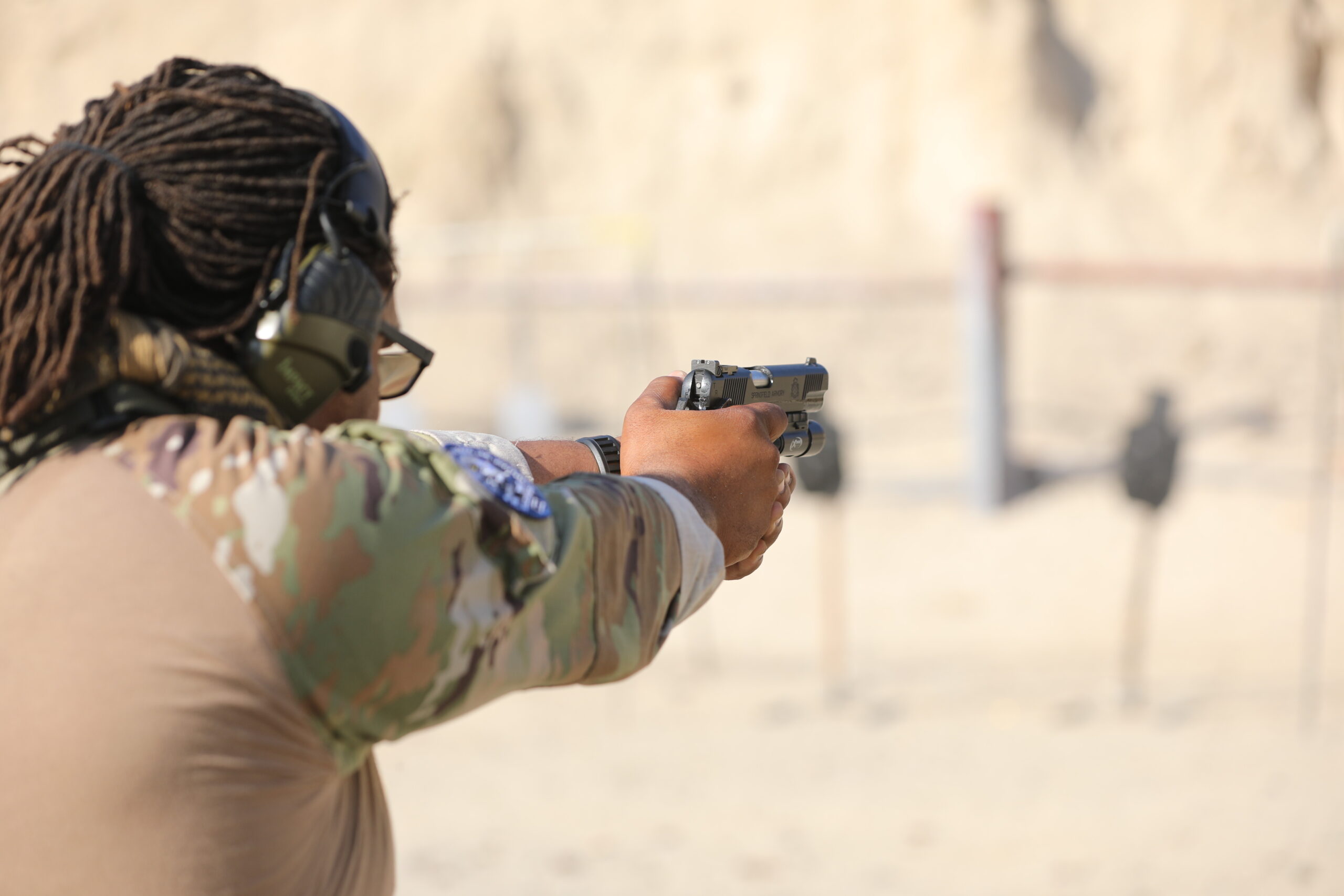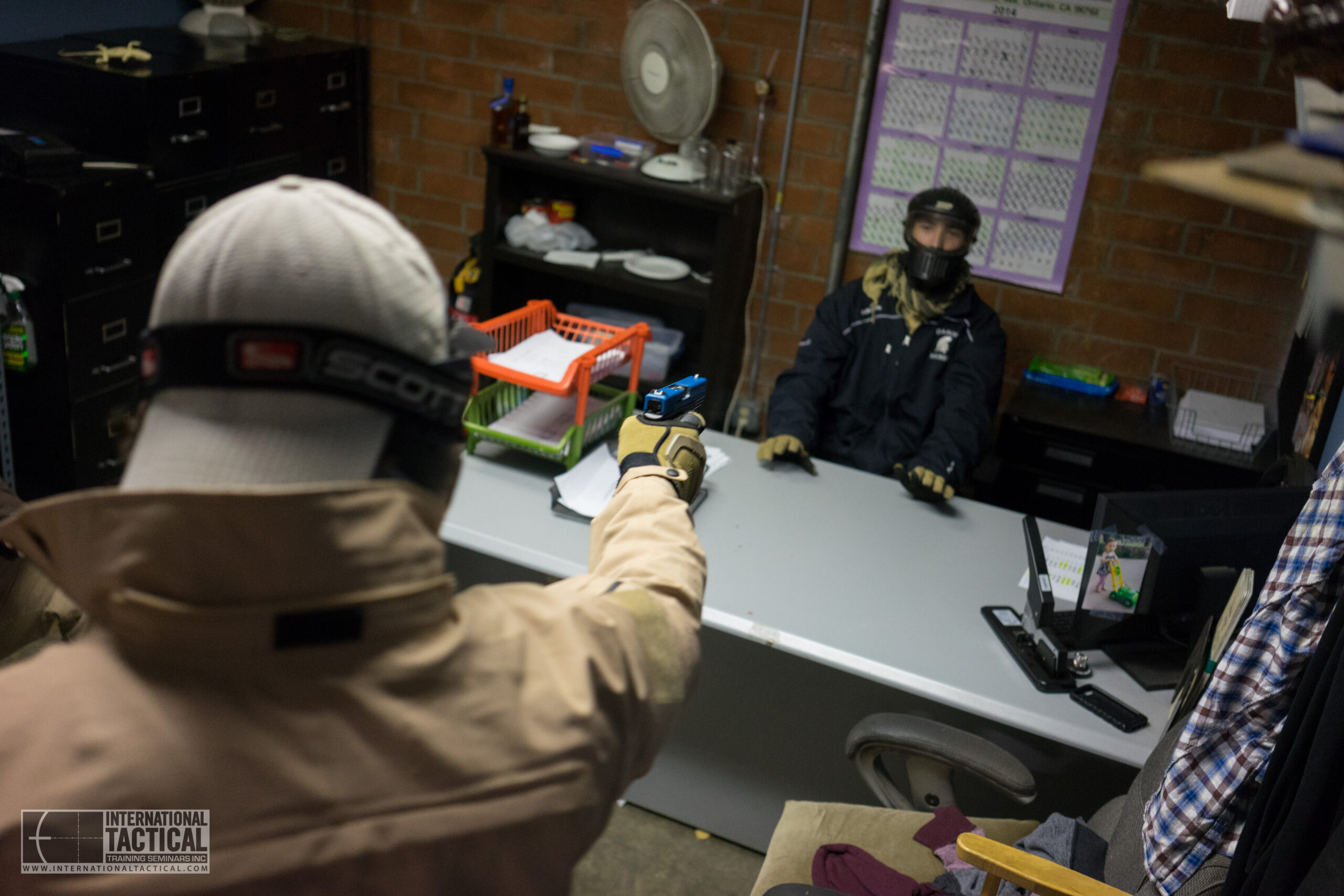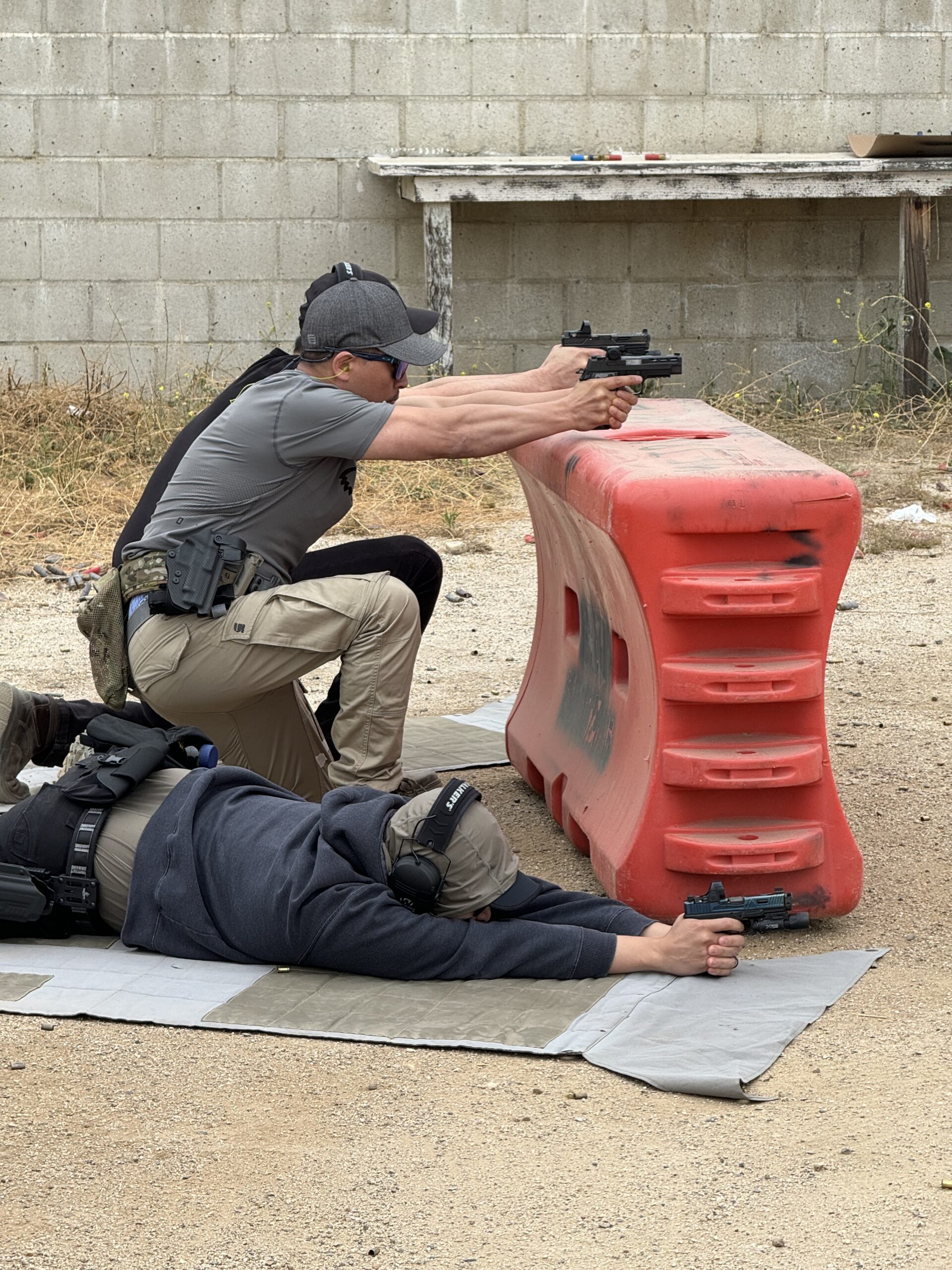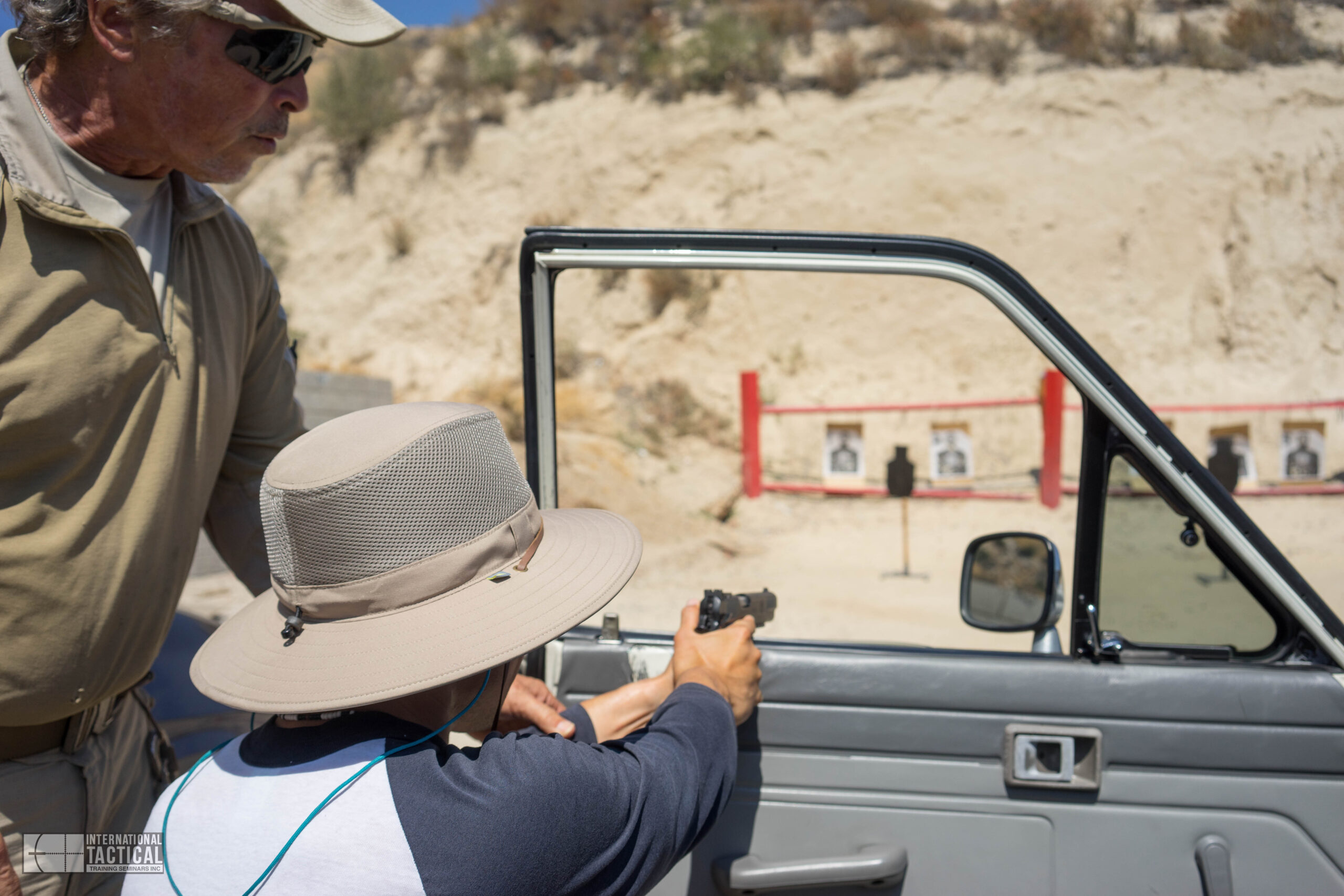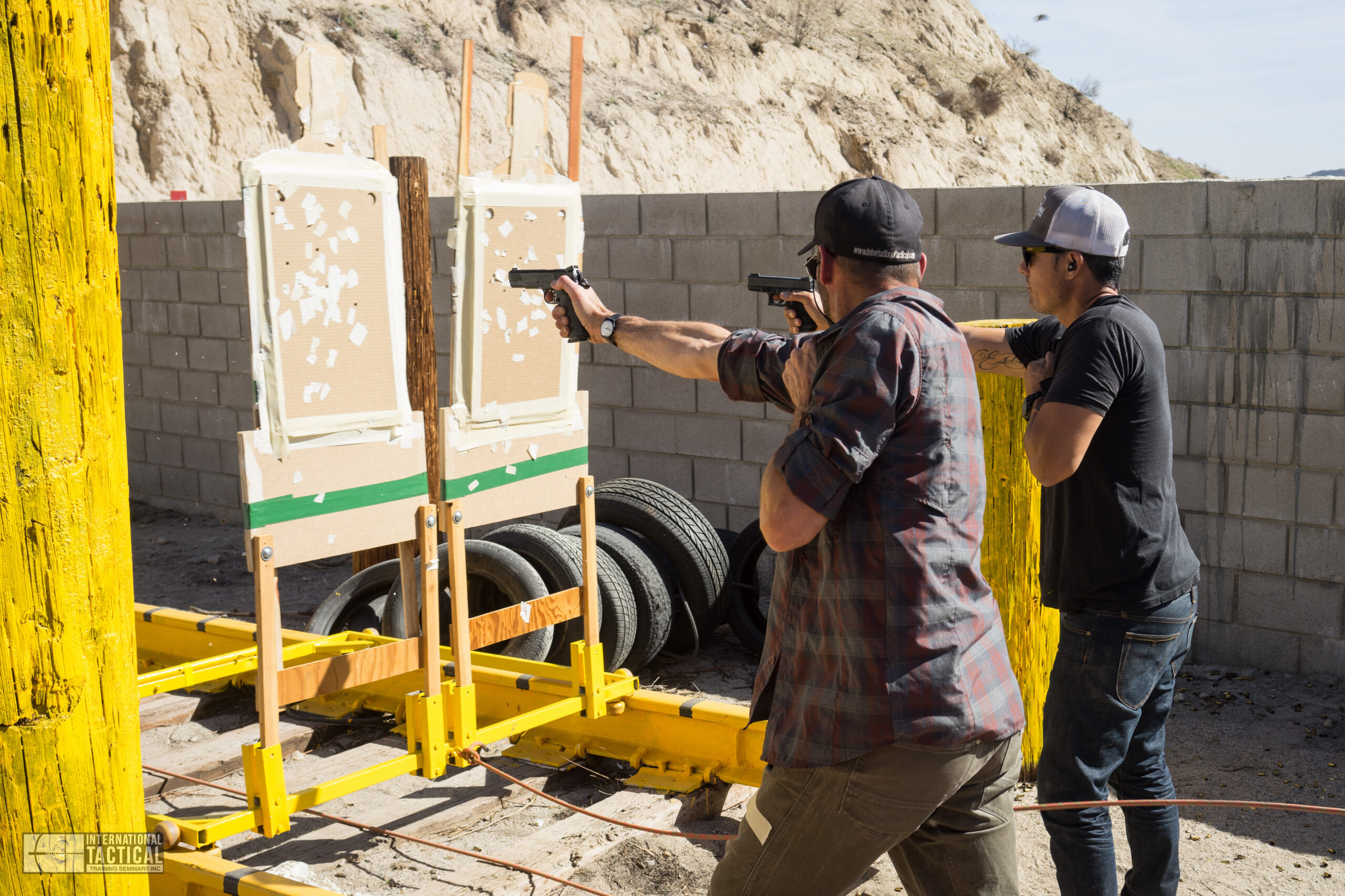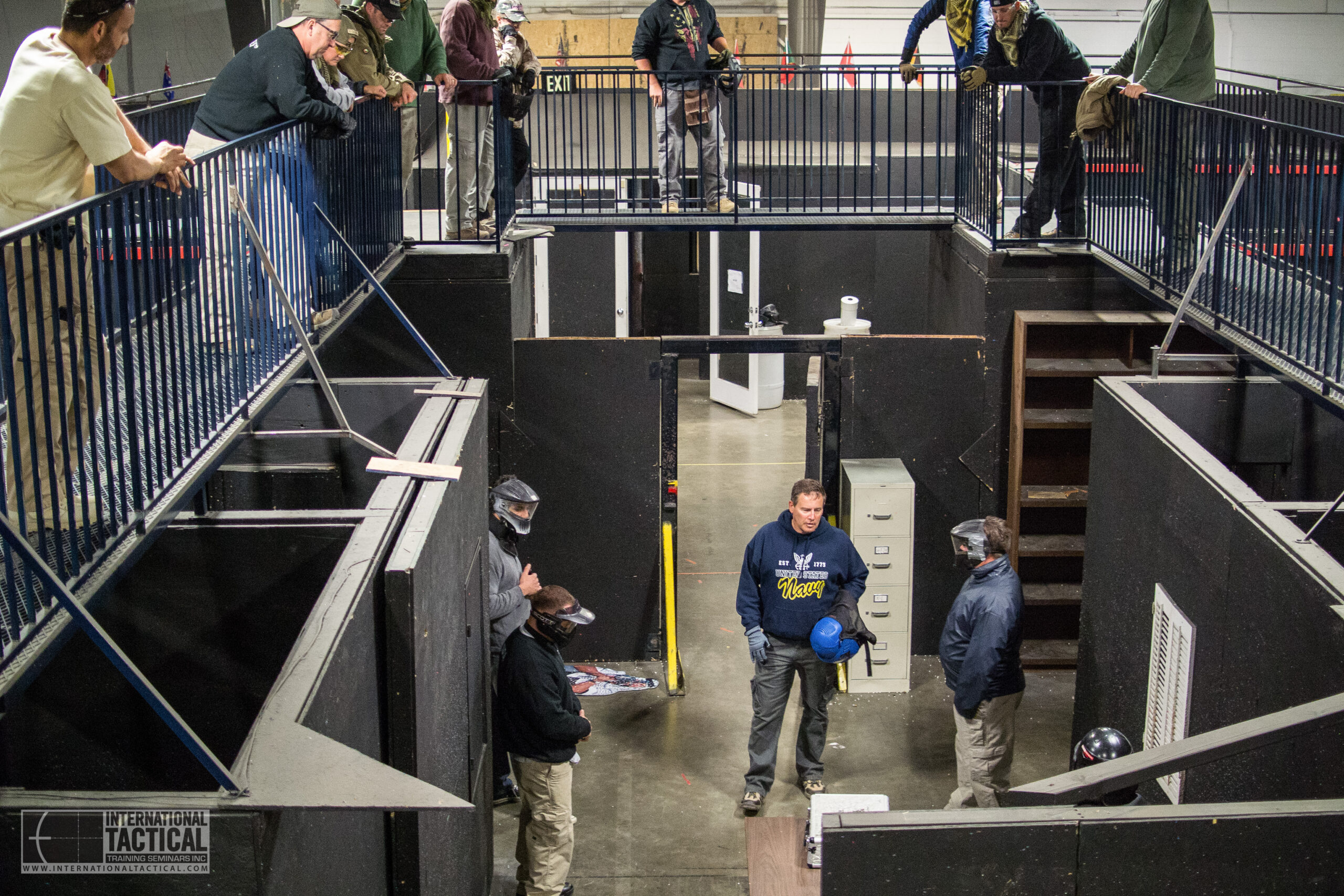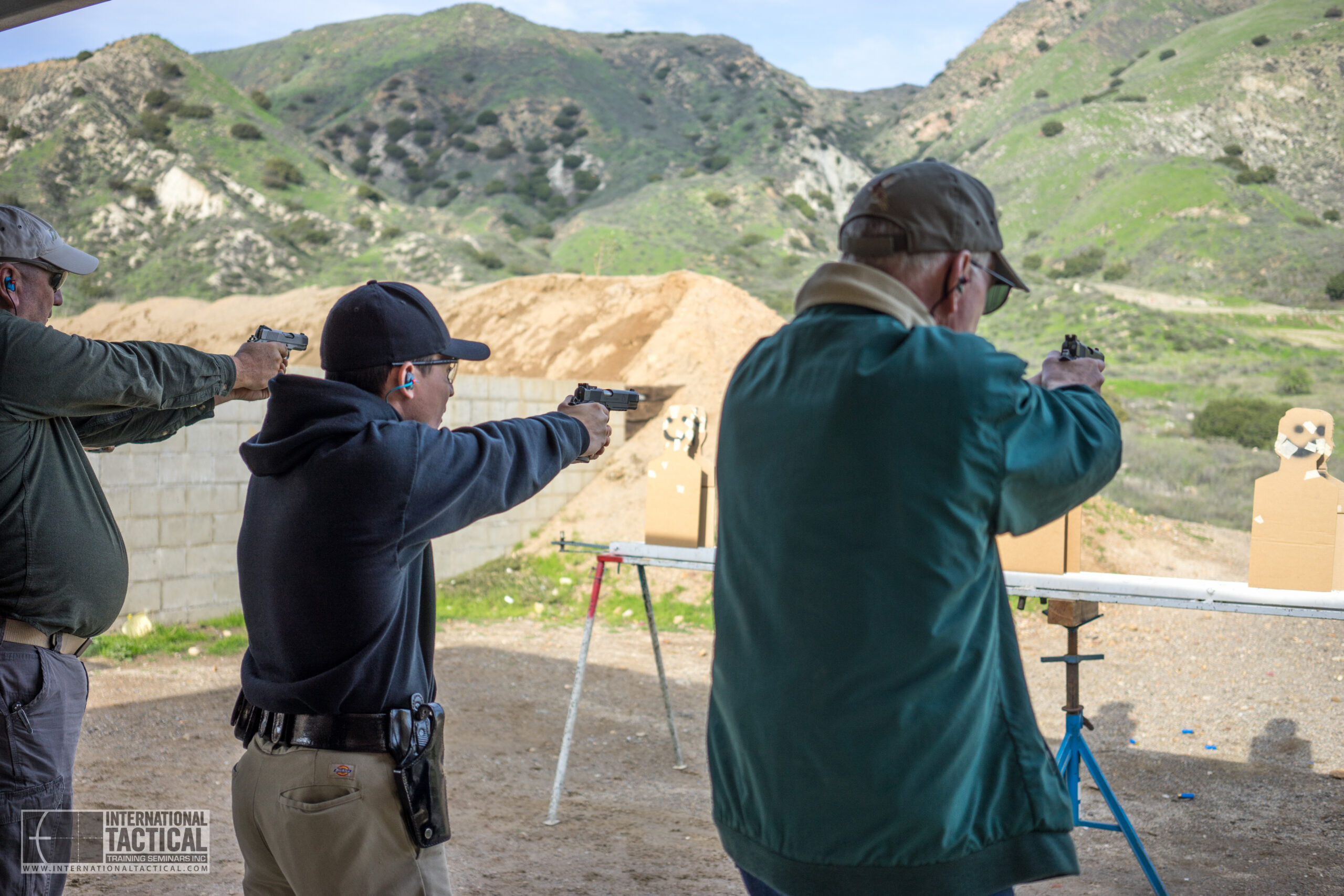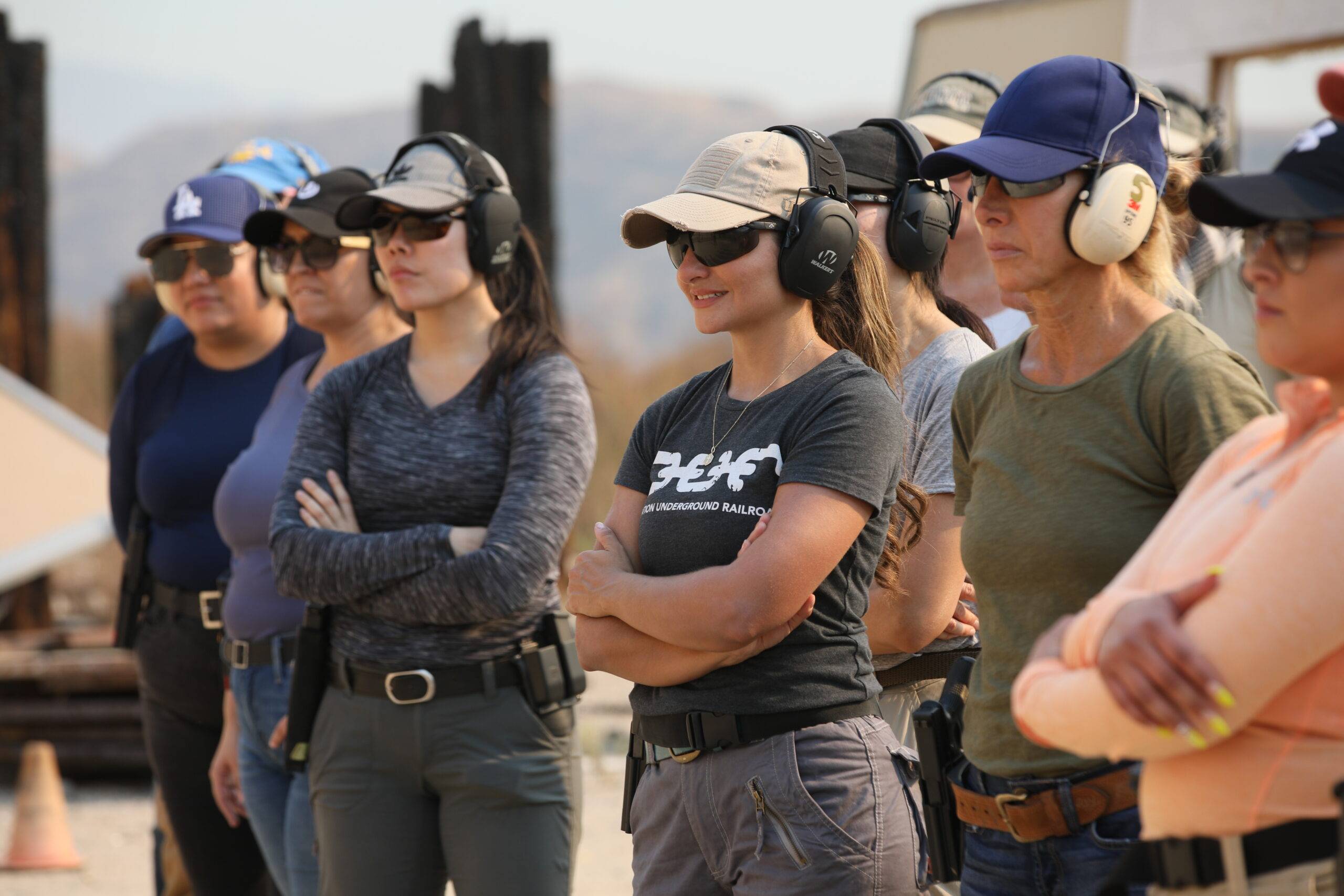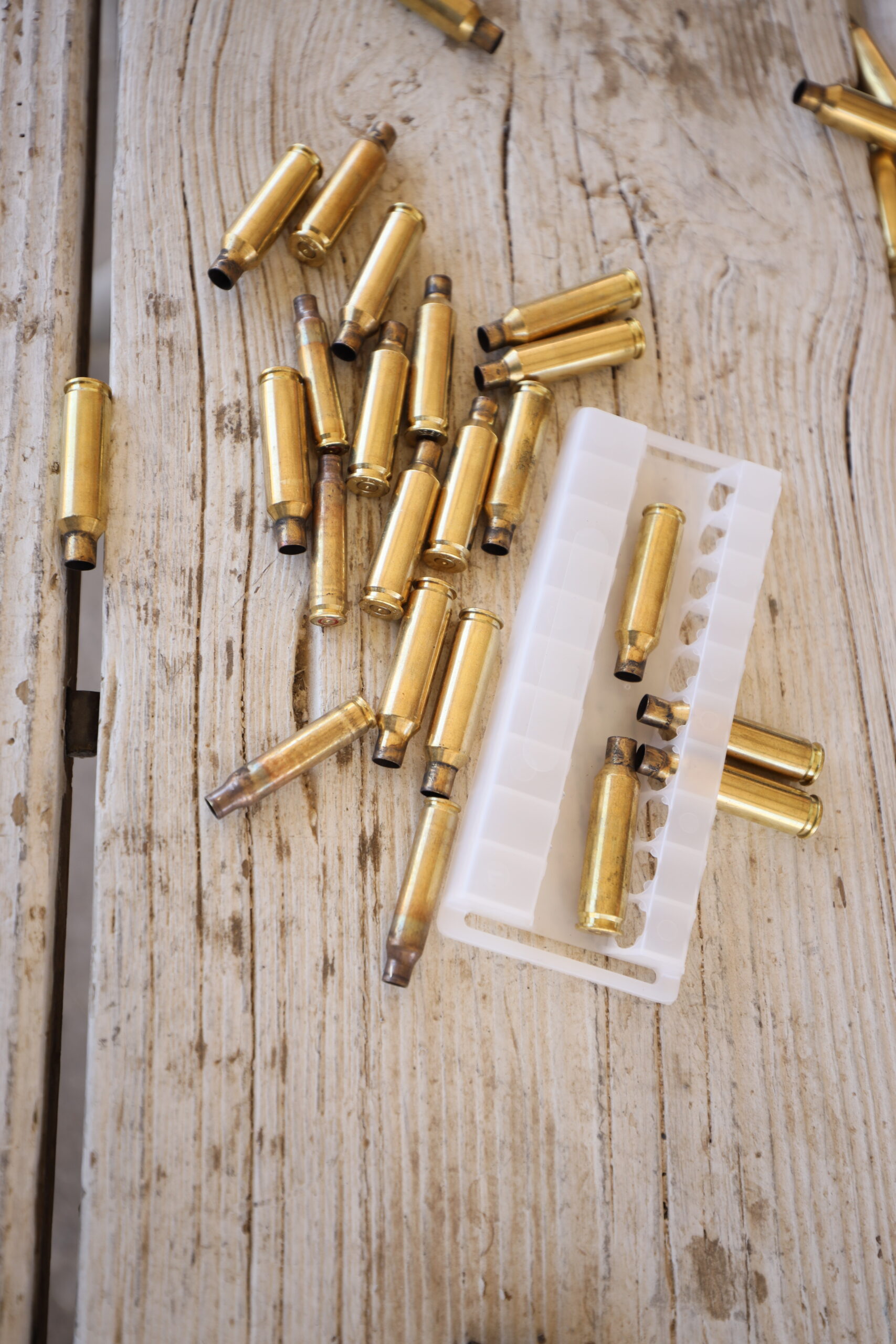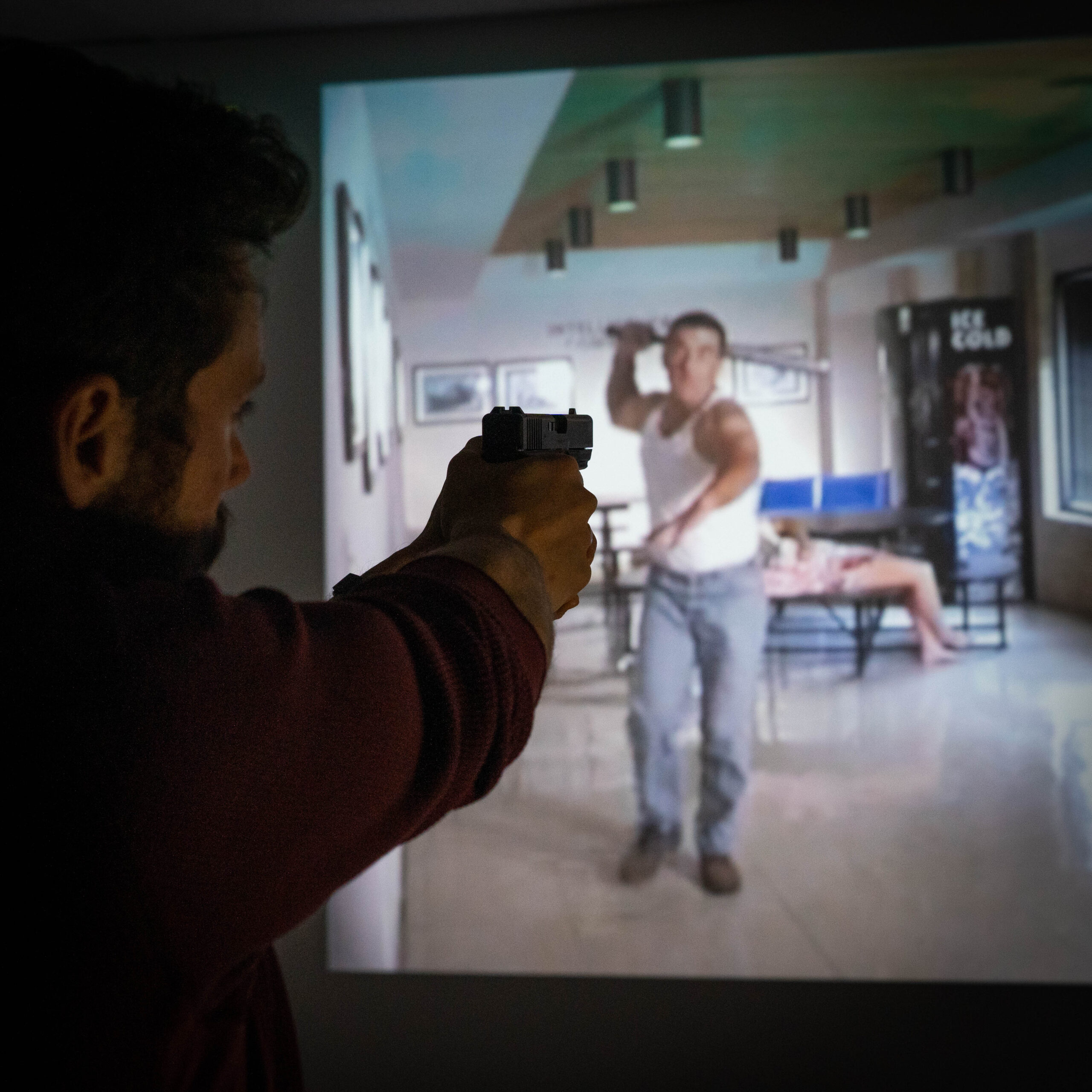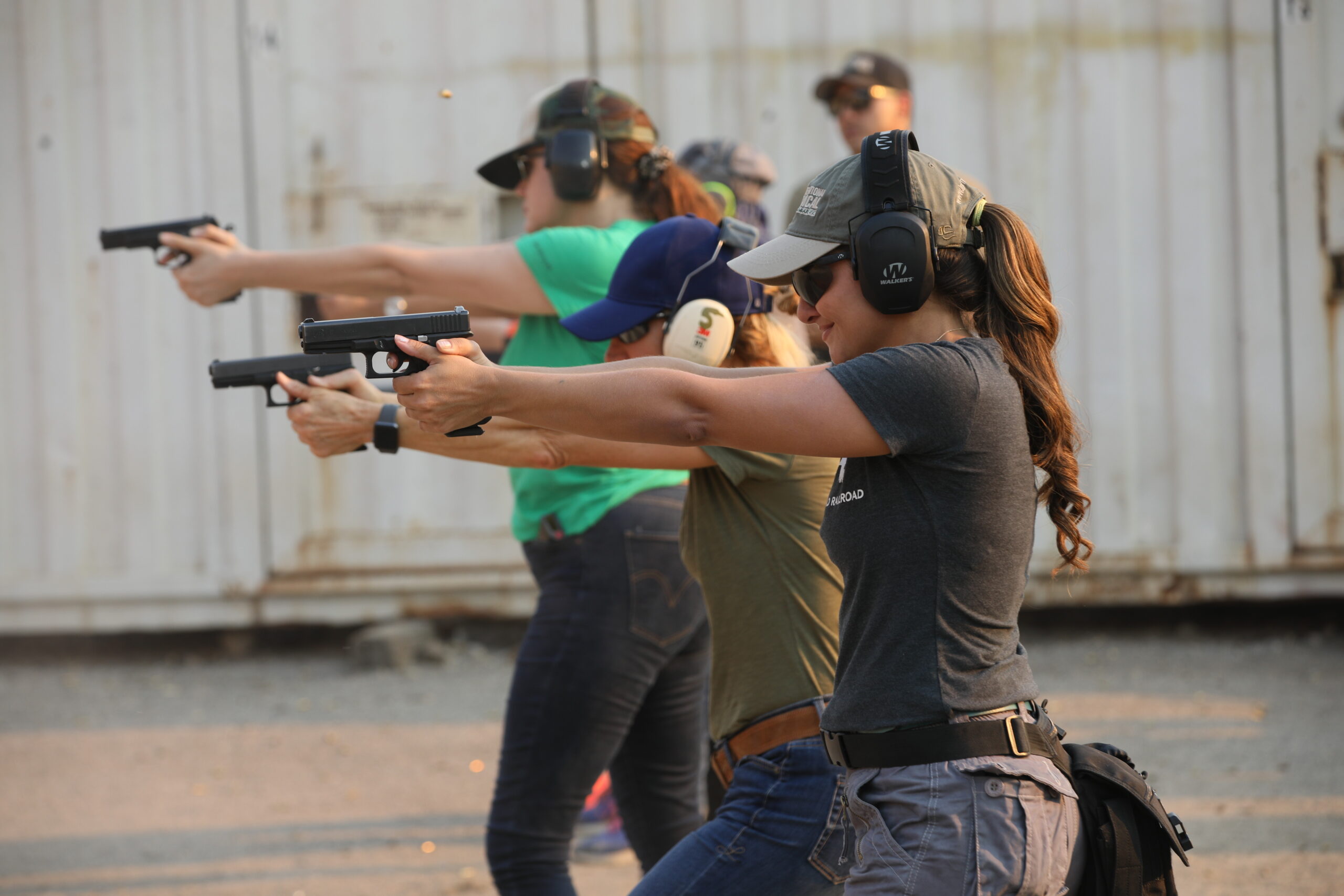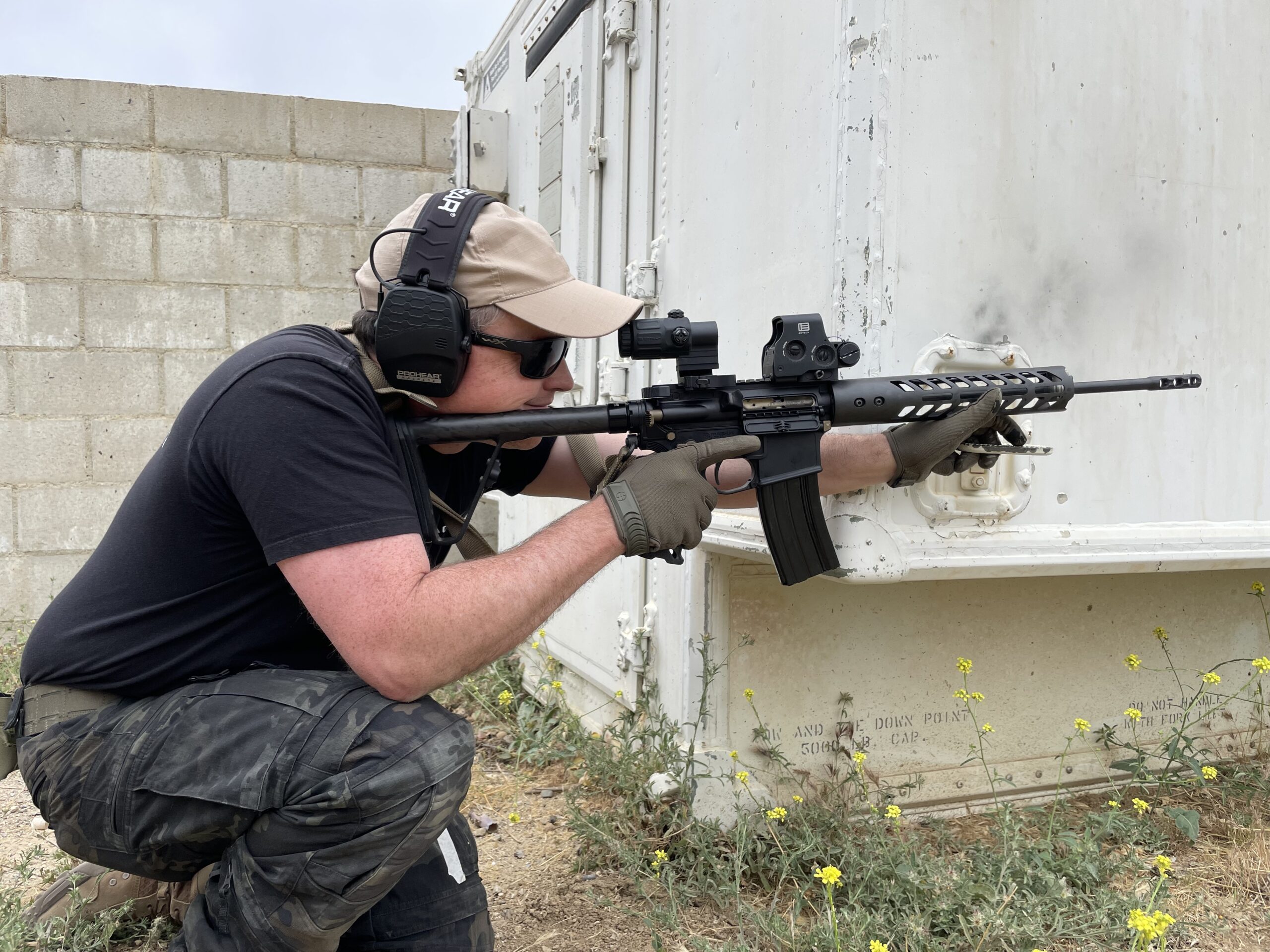Why carbine
Learn which carbine setup best suits your needs and how to achieve the most performance out of your rifle. Carbine rifles can be configured numerous ways and have endless accessories available to them – it’s a firearm that you can really dial in to make your own!
Through the three levels of carbine training that we offer, our instructors will guide you through all the manipulations that are unique to carbine, zeroing and marksmanship, as well as movement, low-light shooting and striking the balance between speed and accuracy. Learn to run your rifle at speed for close targets and then achieve accurate hits out past 300 yards! Carbine rifles can get it all done if you know what you’re doing.
The versatility of a carbine rifle is virtually unmatched.
From CQB to distance, it can do it all!
“Of Class, Scotty's instruction is, to me, second to none. He has the ability to bend humor and seriousness in training makes it easy to learn. I am always surprised when I think about my skill and level of understanding at the beginning of one of Scotty's classes and compare it to the end. "Night and Day" sums it up nicely.”
Jim O.Philadelphia, PA
“I met some great military personnel, law enforcement officers and civilians in my ITTS classes and have kept in contact with them. Everyone agrees that ITTS has made a big difference when it came to improving their skills and by the end of each class they could see results and big improvements.”
Jason M.Torrance, CA
“I CANNOT even begin to tell you how amazing this weekend was!!! Thank you, thank you, thank you! Your system, trainers and everything ITTS blew me away. I am definitely going to be back for more...you are all phenomenal. Thanks again!”
Randy T. Core Curriculum
Comprehensive classes that provide the framework to achieve advanced proficiency.
WHAT TO EXPECT
If you own or are considering purchasing a carbine rifle then these classes are essential. Open to both civilians and law enforcement, anyone interested in training for self-defense, professional development or just for fun that meets the prerequisites can join a carbine class. Frequently, students who have taken our handgun classes venture into carbine next as it is a very engaging (and dare we say fun!) weapon system to own and shoot.
Frequently Asked Questions
Can I rent a rifle for my training?
Absolutely! We have firearms available to rent for all our classes. When you rent a carbine rifle from us you will receive a full rental package which will include: the firearm, all necessary associated equipment (ear and eye protection, a sling, extra magazines, etc.) as well as ammunition for your training.
Which carbine class should I start with?
It depends on a number of factors.
If you have never taken a formal carbine class with a qualified and verifiable school then you should start with Carbine I (link to Carbine I class page). Even if you have some previous carbine training, but it has been a while, there’s value in taking our Carbine I class to refresh your skills. It never hirst to practice the basics!
If you have previous formal carbine training it is possible to start in Carbine II, but please be prepared to show us proof of completion of those classes from qualified schools. We insist on this not to be hard on anyone, but to make sure every student is placed in an appropriate class based on their skill level for the sake of both safety and so they get the most out of the training.
If you are military or active law enforcement with prior patrol rifle training then you may automatically start in Carbine II. However, there still may be value in beginning with Carbine I to brush up on fundamentals.
Contact us with any class placement questions.
What rifles, calibers and sights are most appropriate for class?
The most common rifle and caliber in our carbine classes is an AR-15 platform chambered in 5.56 (or .223) caliber. These classes are really geared toward semi-automatic rifles rather than bolt action. Other rifles you may see in classes are the Ruger Mini-14 and occasionally an AK-47 or even an M1 Garand.
A variety of sights are appropriate for carbine classes. Examples that work well are iron sights, red dot or holographic sights (with or without a magnifier) and LPVOs (Low Power Variable Optics). All of these options are suitable and will vary greatly in cost. Which option you choose is highly dependent on what you will be doing with your rifle (E.g. self-defense, recreation/sport shooting, hunting, law enforcement applications) and at what distances you plan on shooting it.
For further questions don’t hesitate to contact us and we will help guide you to a setup that will serve you well in our classes.
Your classes are in California, which has strict gun laws regarding semi-automatic rifles... what configuration should my rifle be in? Maglock? Featureless?
This is worth a longer discussion, so feel free to call us about it, but we want to give you some insight. If you own a rifle in California, we highly recommend you keep it in a legal configuration.
With that said, there are two distinctly different directions you can go to achieve a legal carbine rifle configuration. One is great, the other not so much.
Option 1 (we don’t suggest going this route):
Use a device such as the AR Maglock where you need to separate the upper and lower receivers in order to eject a magazine. If you have ever conducted a speed reload or cleared malfunctions with a traditional carbine rifle setup then you already know why this option hinders the proper operation of the rifle. For casual public range shooting this can suffice, but for proper firearms training or for self defense this option just isn’t suitable nor reliable. Many gun stores tend to sell rifles off the shelf in this configuration and new rifle owners who haven’t taken classes yet don’t know not to buy them like that. However, if you own a rifle in this configuration there is some good news! The maglock device can be removed (we suggest by a professional) and you can still set your rifle up properly, which leads us to the next Option…
Option 2 (Choose this one!):
Configure your rifle so it is what’s commonly referred to as “featureless”. Sometimes you can purchase a rifle from a gun store that is already in this configuration. This means:
- No flash hider
- No vertical foregrip
- No pistol grip
- No adjustable buttstock.
While some people in other states scoff at the fact that we in California most often run featureless rifles due to the laws, if you choose the right combination of accessories, going featureless is no burden at all and you can run your rifle in a traditional manner and eject magazine simply be using the magazine release – what a relief!
Here’s how to go “featureless”:
- Remove your flash hider and either put a muzzle brake on your barrel or nothing at all. Muzzle brakes are beneficial anyways so this isn’t a sacrifice it’s an upgrade.
- Remove (if you even have one) the vertical foregrip. Nothing is lost here.
- Replace your pistol grip with either a grip that has a “fin” or look into either the Juggernaut featureless grip or the Thordsen Customs kits (Note: if you go with Thordsen then you’ve already addressed #4 as well).
- Either install a fixed buttstock or pin your adjustable buttstock in a way that you would require a tool to adjust it. For most people having a fixed stock isn’t a big deal because once you set your LOP (length of pull) you’re good to go – your arms aren’t going to change length anymore!
Can I buy ammunition from you for training?
We don’t sell ammunition to those who are bringing their own firearm to class, they will need to supply their own. If you need help figuring out where to purchase ammunition, check out our Industry Partners!
We only provide ammunition to students who are renting firearms from us for the sole purpose of training.
